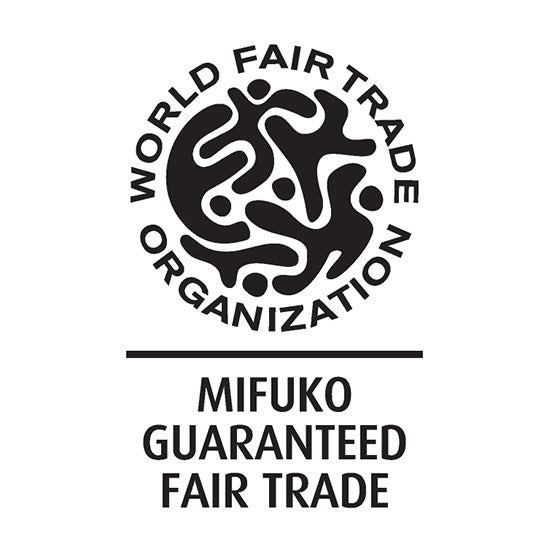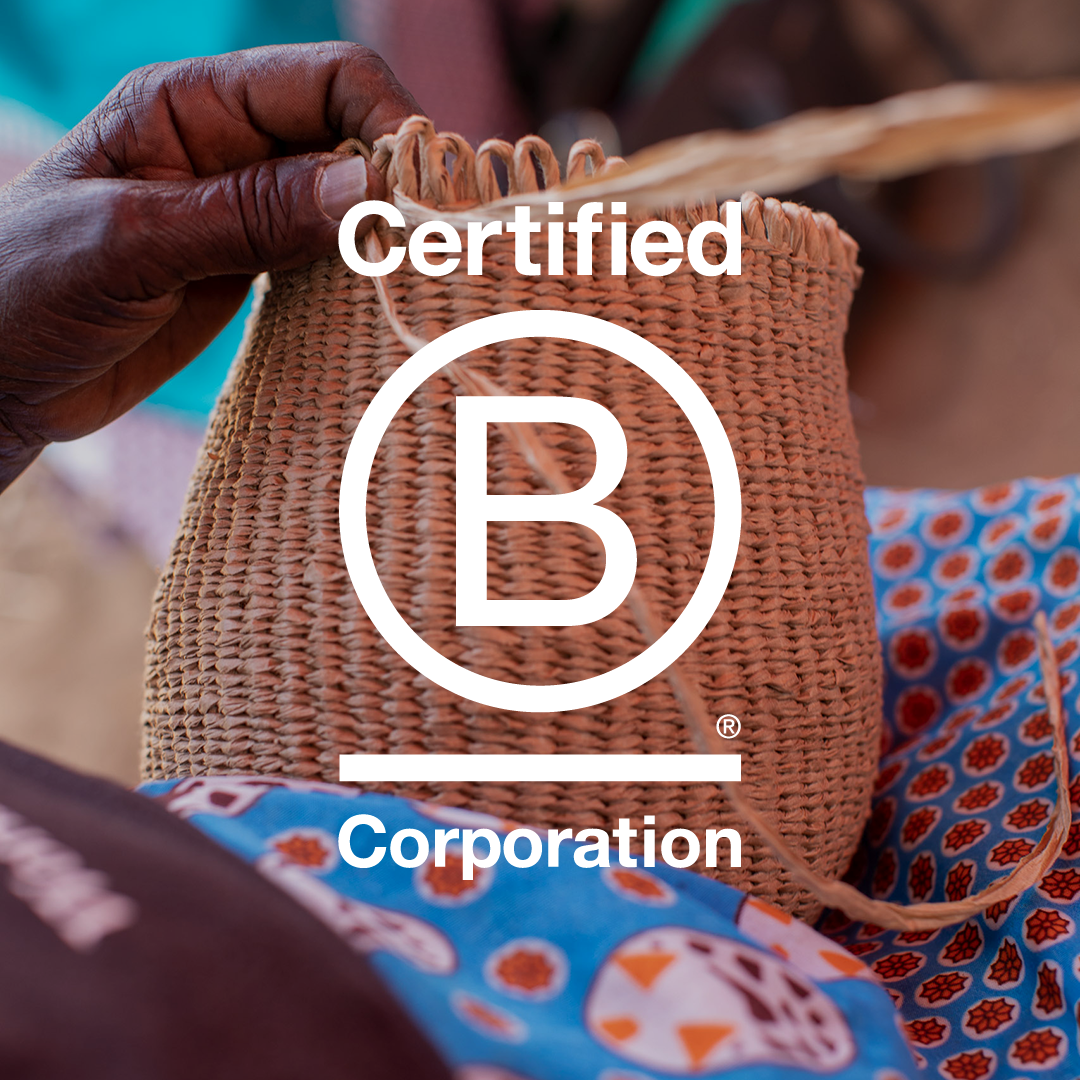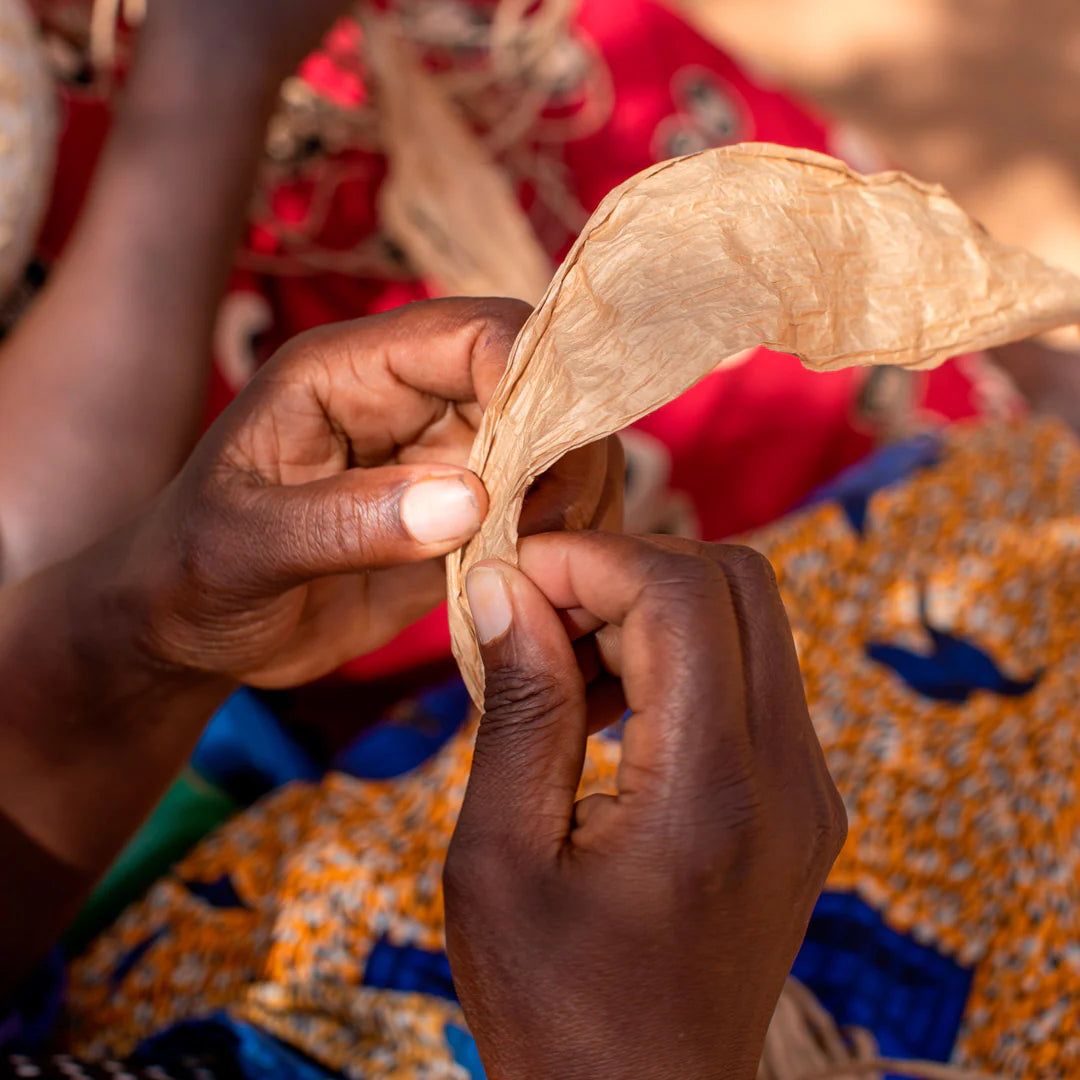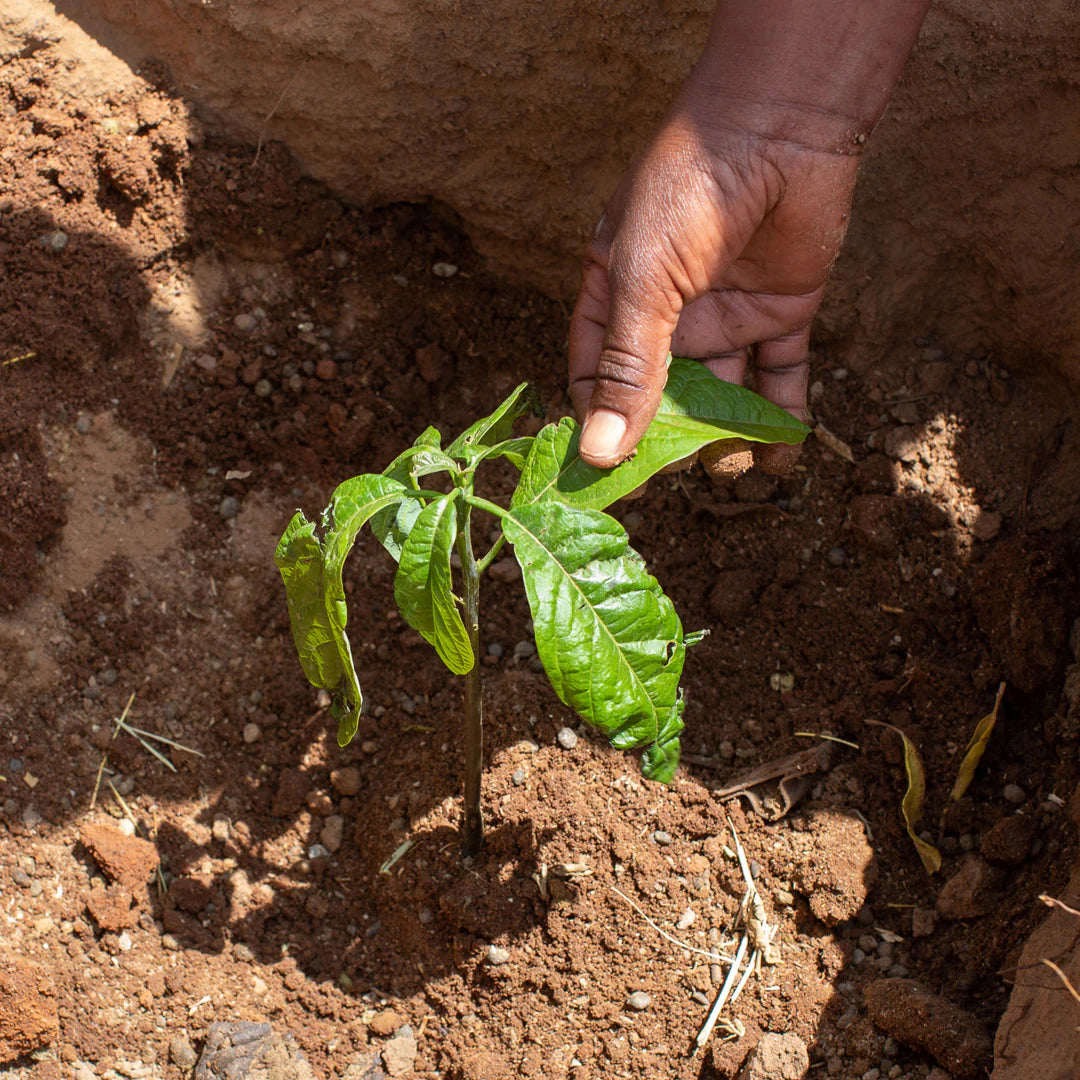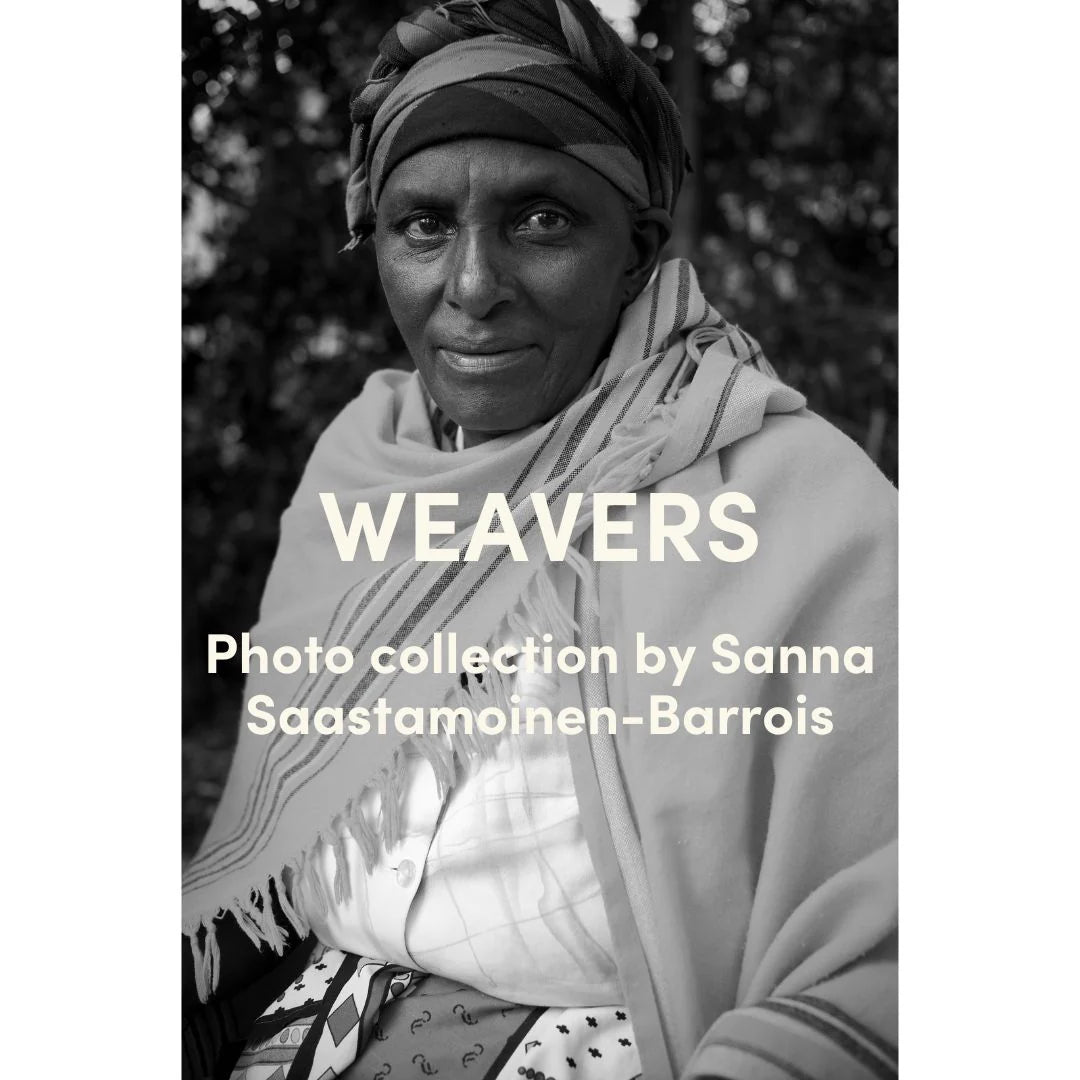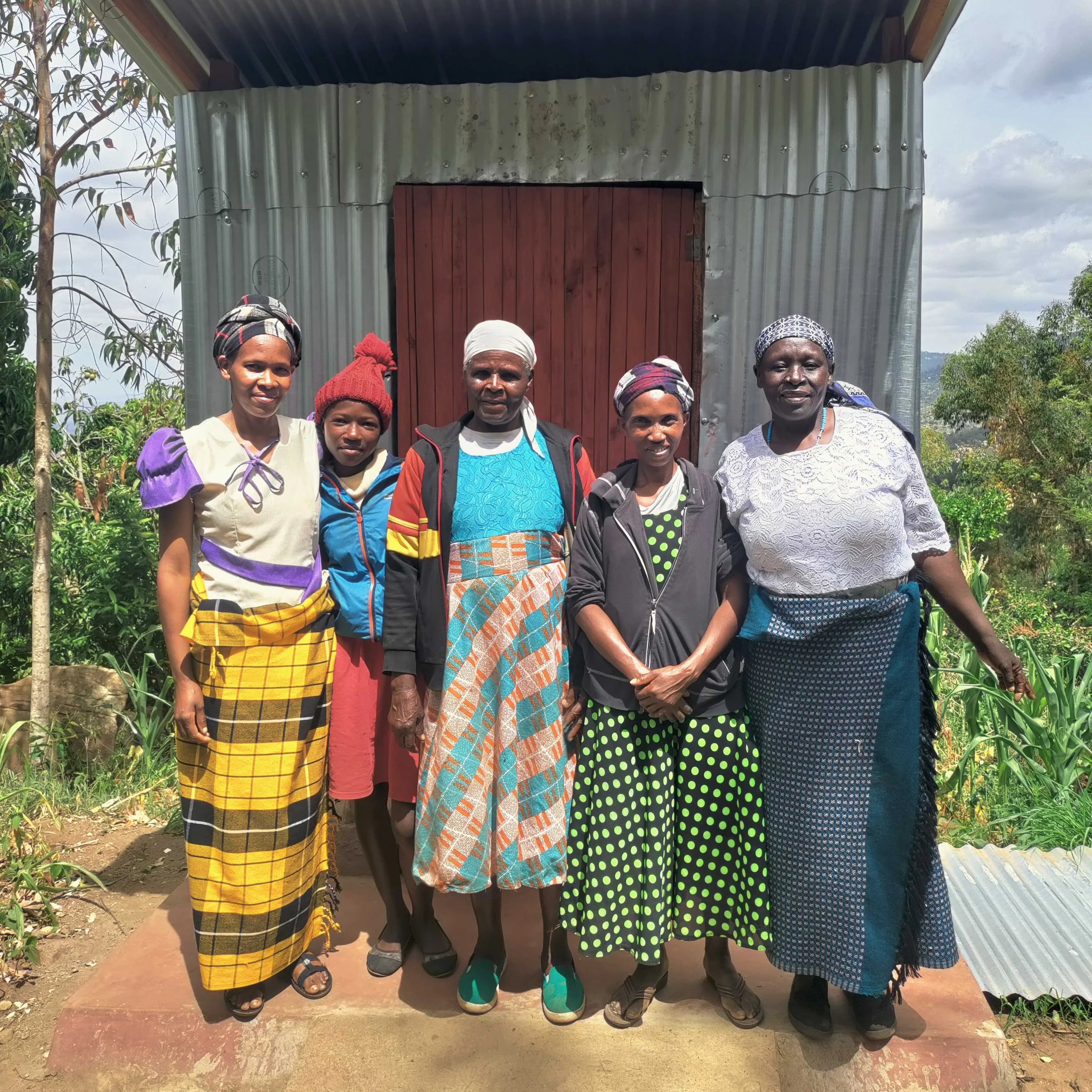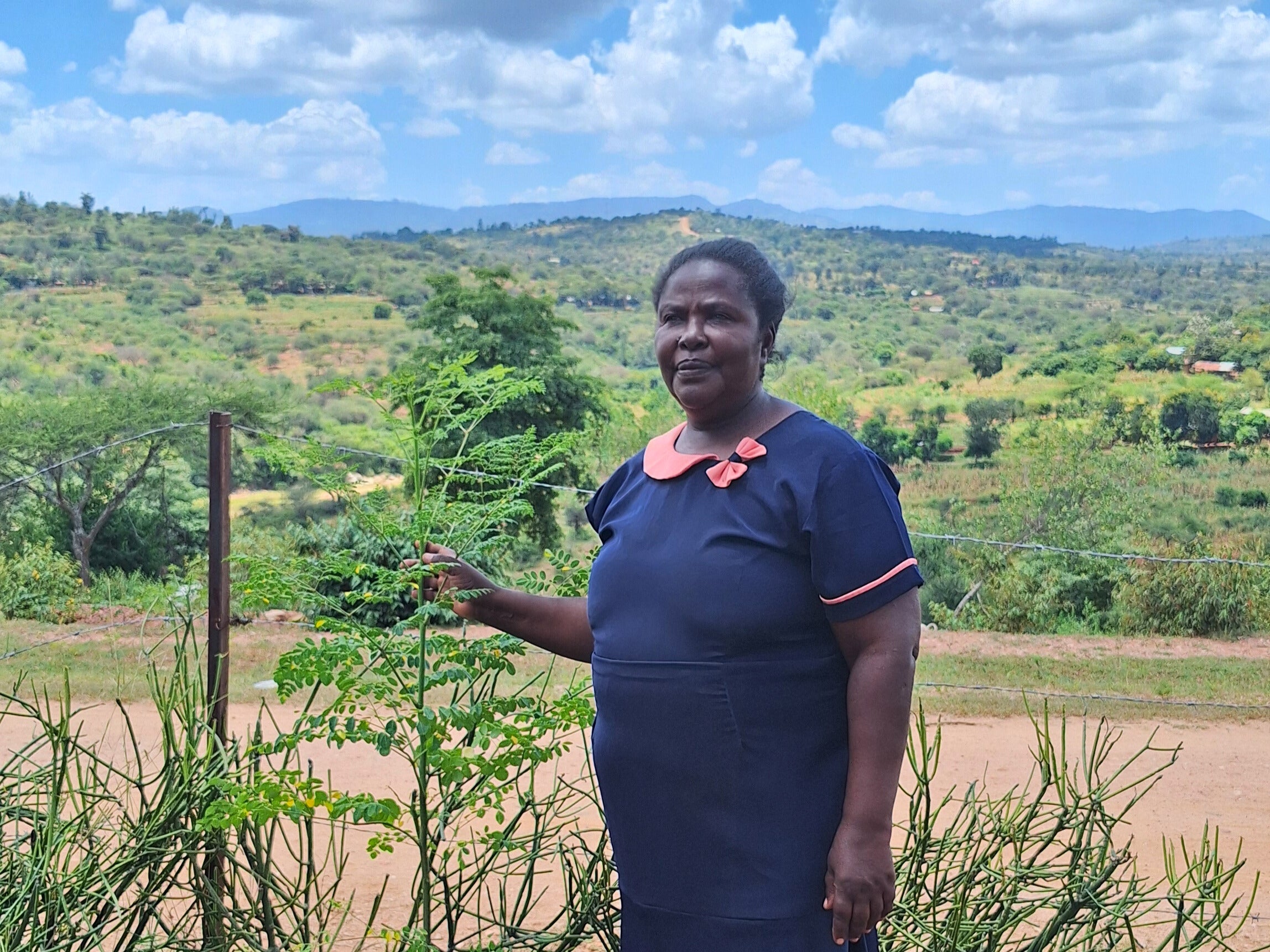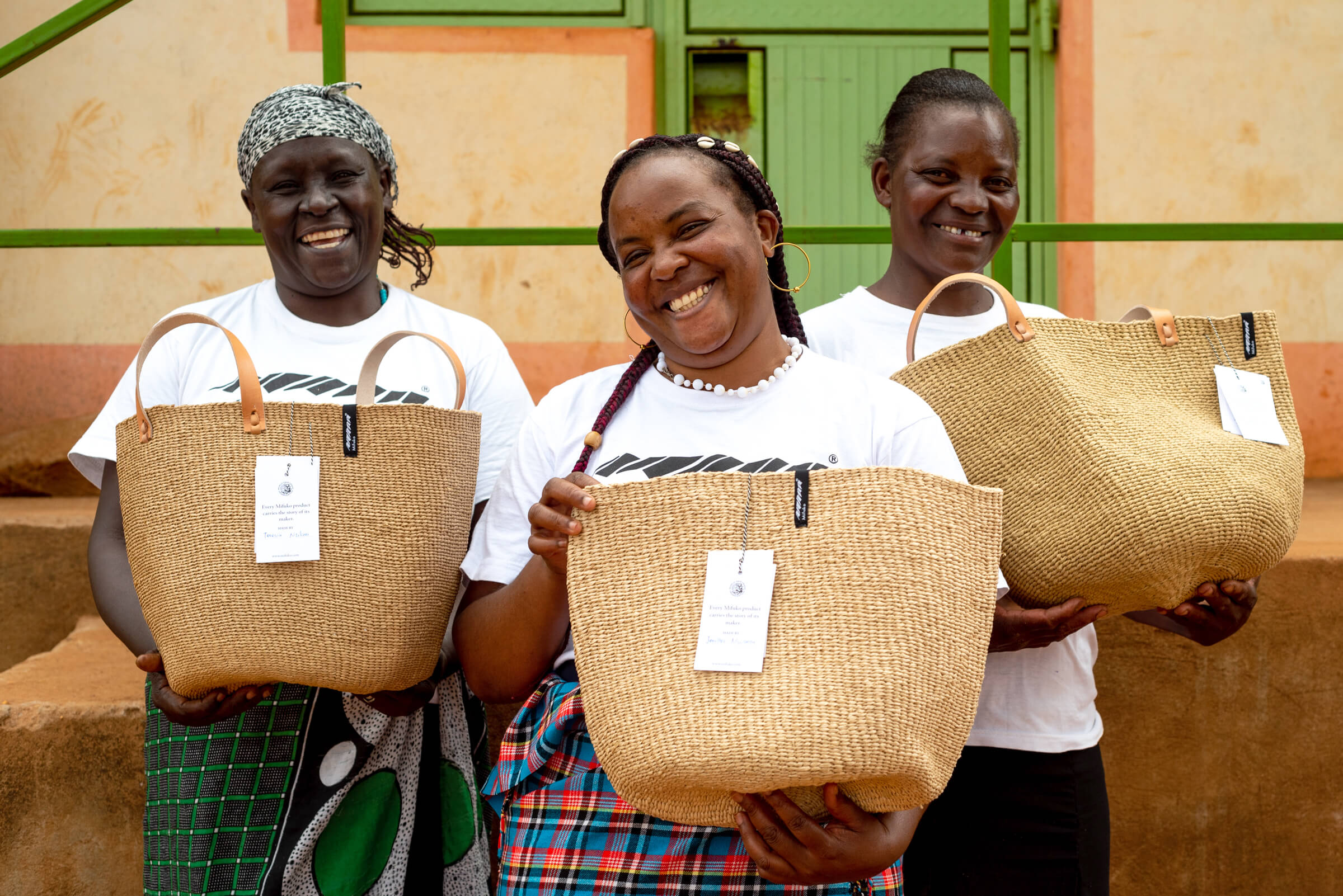Author Jacinta Musyoki, Assistant Project Officer in Kenya
Mifuko Trust, in partnership with Mifuko Women Development CBO, is implementing the WASH & Grow! and Sowing Equality projects in Mbooni and Mwingi, Kenya. These projects work with over 1,300 women and their families to improve sanitation and hygiene and promote regenerative agriculture and agroforestry.
Success Story
In the heart of a once-degraded landscape, a quiet transformation is taking place—driven by regenerative agroforestry and strong community action.
What began as a small initiative to restore soil health and protect the environment, has grown into a movement that is reshaping Mwingi Central in Kenya. By integrating trees into farmland, creating sustainable livelihoods, and focusing on the empowerment of women and youth, we are enabling communities to reclaim their land and their future.
Meet Beatrice Mwalale

Beatrice is a member of the group Muuo wa Kanziu, which has 26 members learning and growing through the WASH & Grow! project.
With 13 people in her household, Beatrice’s land now thrives with a variety of trees: Melia volkensii (Mukau), Acacia tortilis (Kalaa), Desert Date (Biki), Mango, Tamarindus indica (Ukwaju), and Moringa.
These trees bring multiple environmental benefits—improving soil, preventing erosion, conserving water, regulating climate, acting as windbreaks, and creating a cooler microclimate. They also provide valuable shade during the hot, dry season.
“During extreme weather, we sit under the trees near the house. It’s comfortable, and it helps relieve stress. When we have family gatherings, we don’t need to rent tents—the trees are our shelter,” Beatrice explains.
Trees as a Source of Livelihood
Beyond environmental gains, the trees provide economic benefits. Income from selling timber—particularly Mukau—supports the family’s needs. “I sold timber from Mukau and used the money to buy a goat. I also used some of the timber to renovate my rooftop,” Beatrice says.
Fruit trees such as mango, tamarind, and moringa add nutritious food to the household diet. Her grafted mango trees have been producing sweet fruit since last year, enjoyed by her family and shared with visitors.

The Value of Tamarind
Beatrice has also planted several tamarind trees, valued for their broad canopy and versatile uses. The pods contain a tangy pulp used in cooking, while the wood is strong, and the leaves and bark have traditional medicinal uses.
In one season, she harvests at least 150 kg—around 8 sacks—of tamarind fruit, selling each sack for a minimum of 50 Kenyan shillings. “The income helps pay school fees for my son in college and covers basic household needs,” she says.
From shade and soil restoration to food and income, Beatrice’s farm shows how regenerative agroforestry is building resilience—one tree, one family, and one community at a time.






